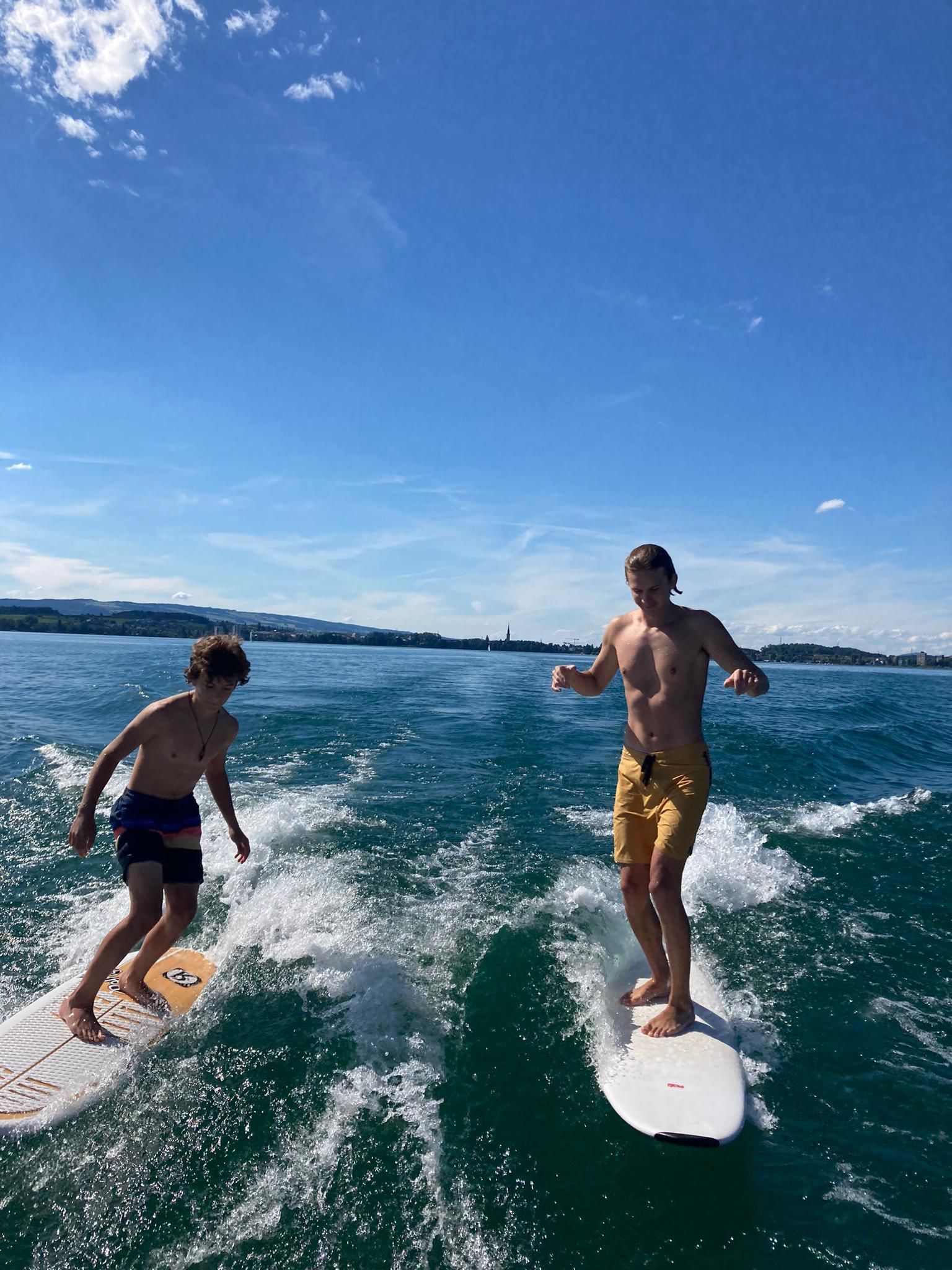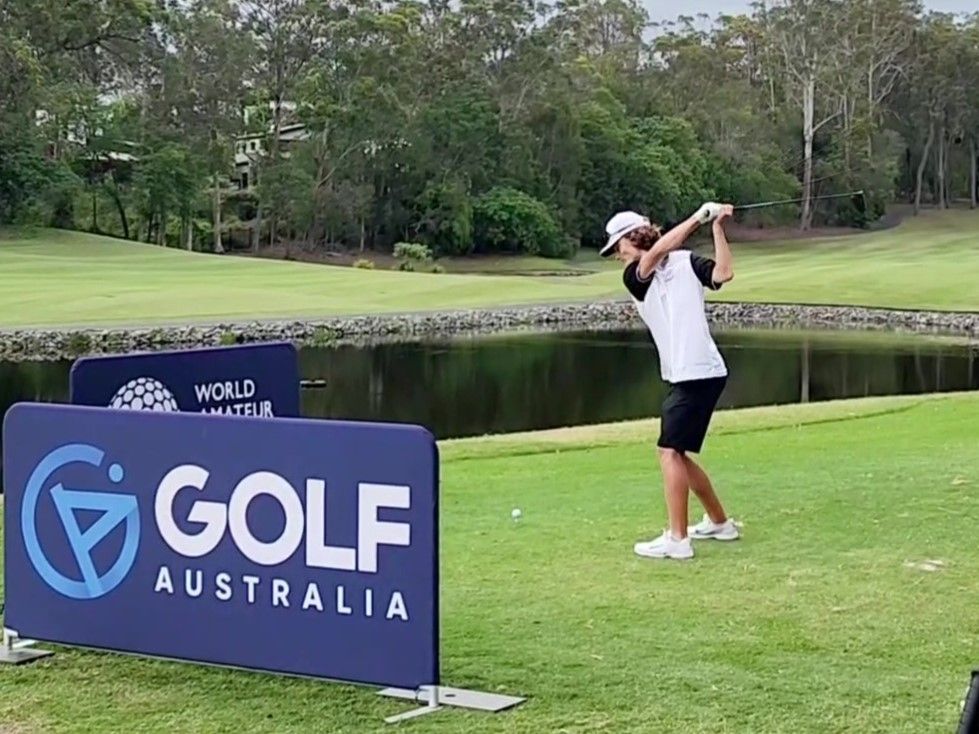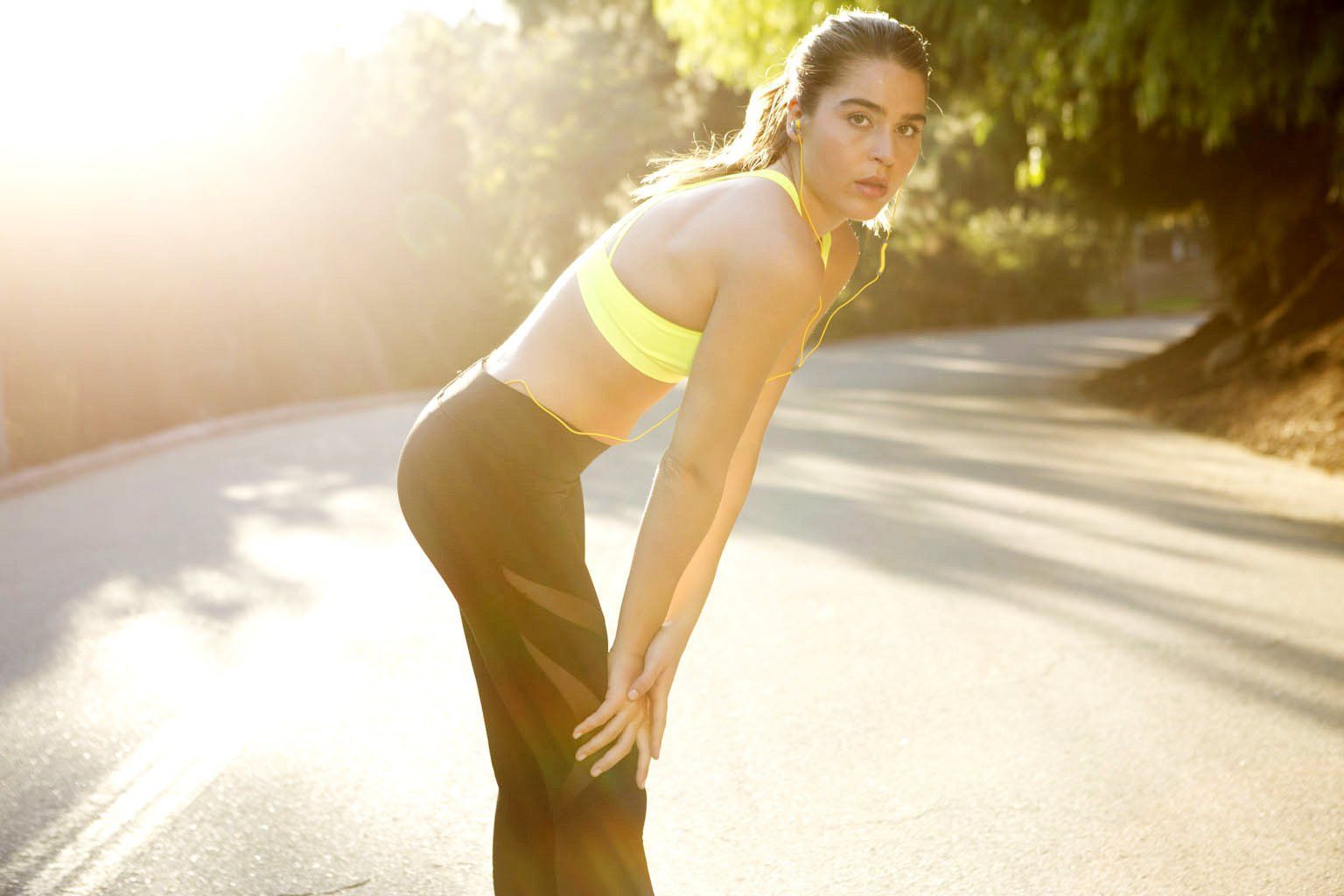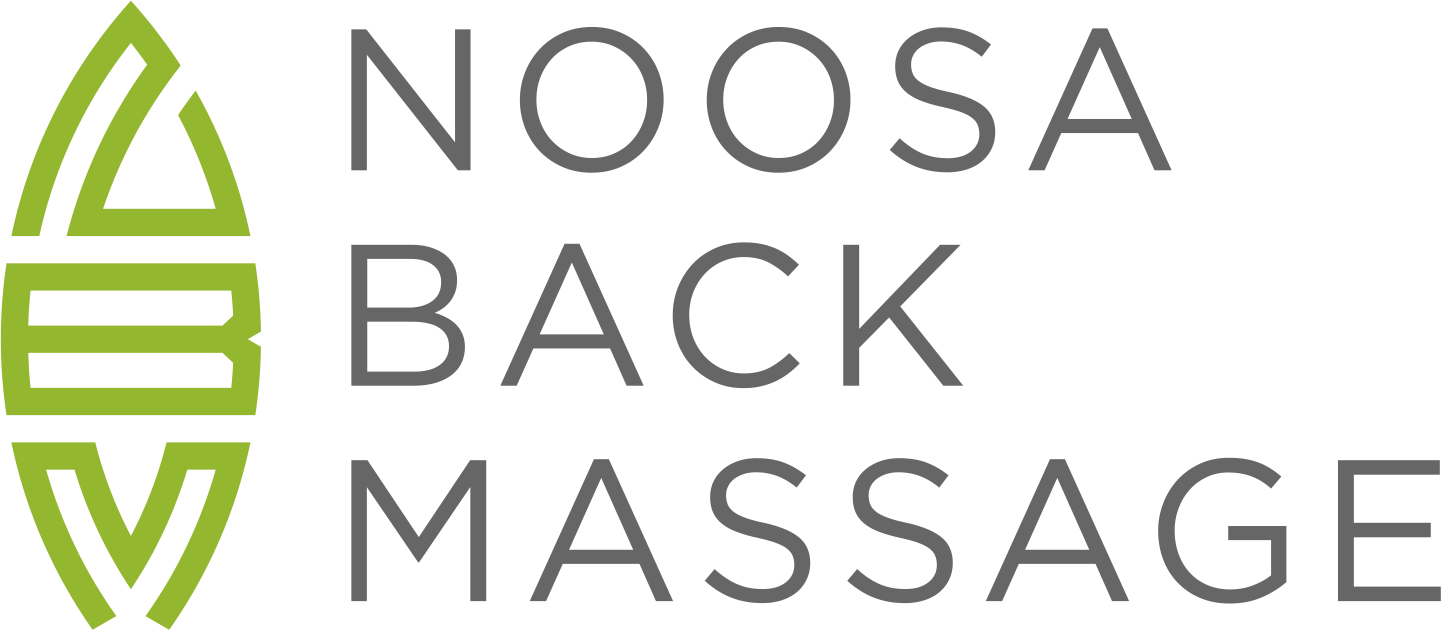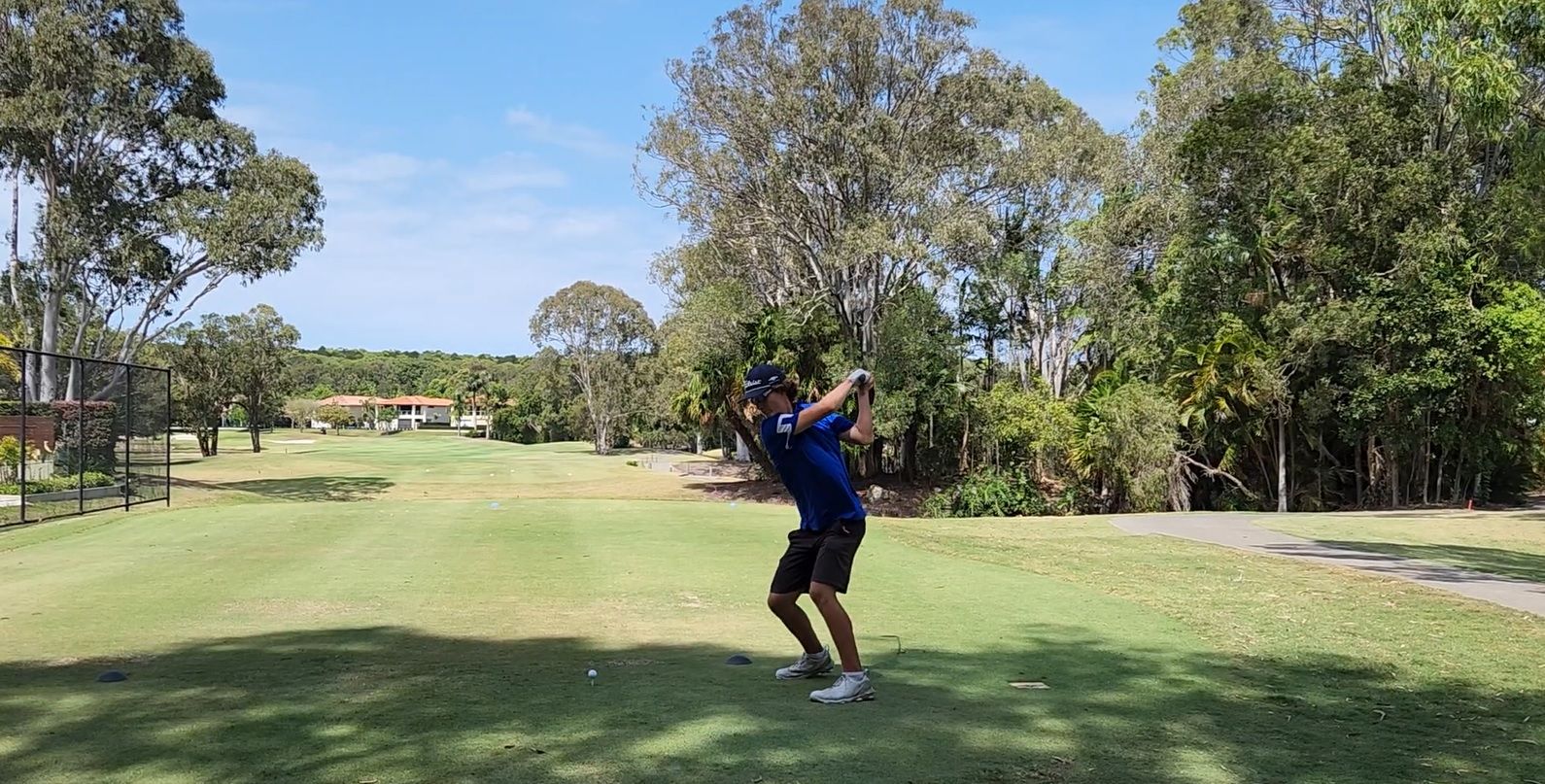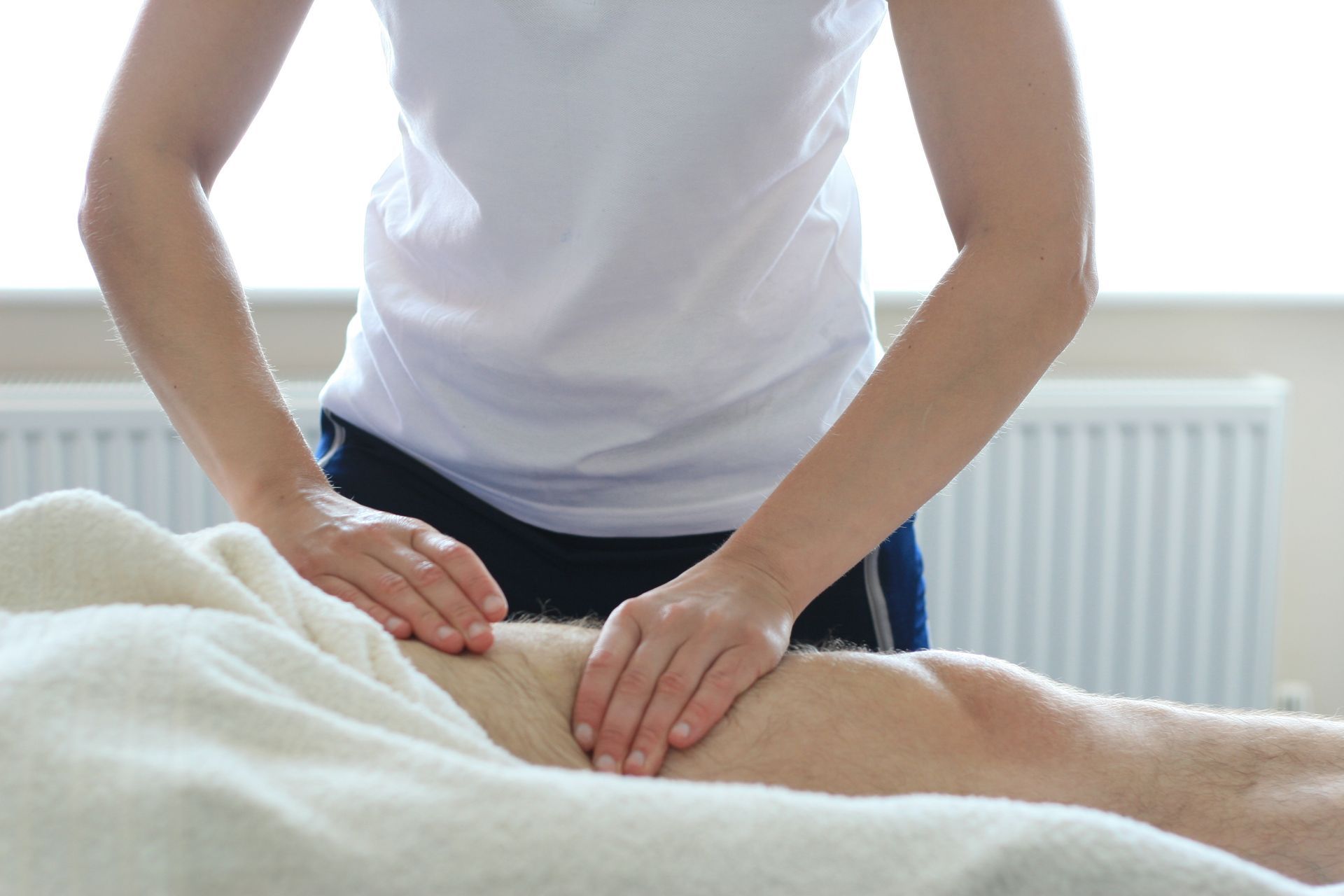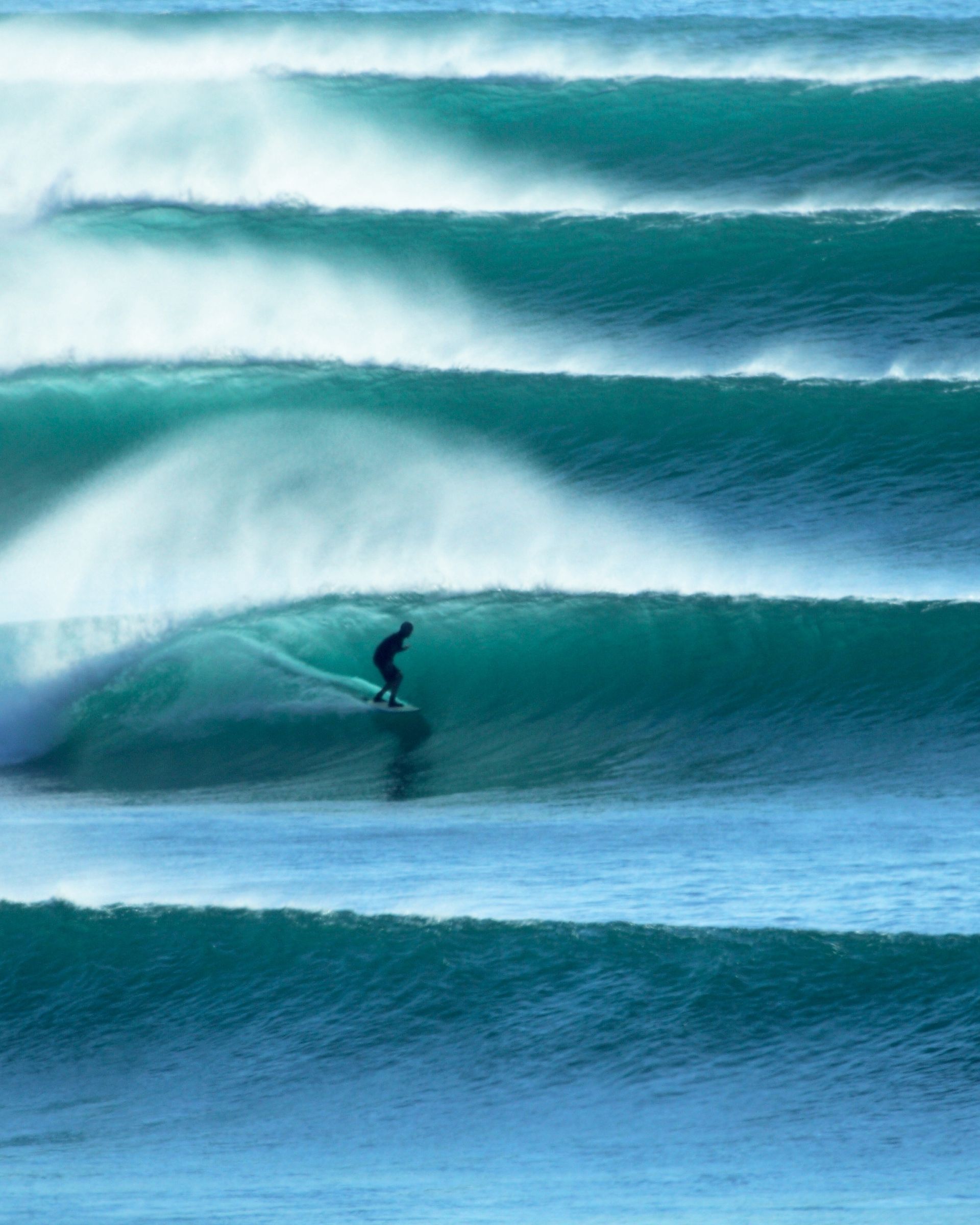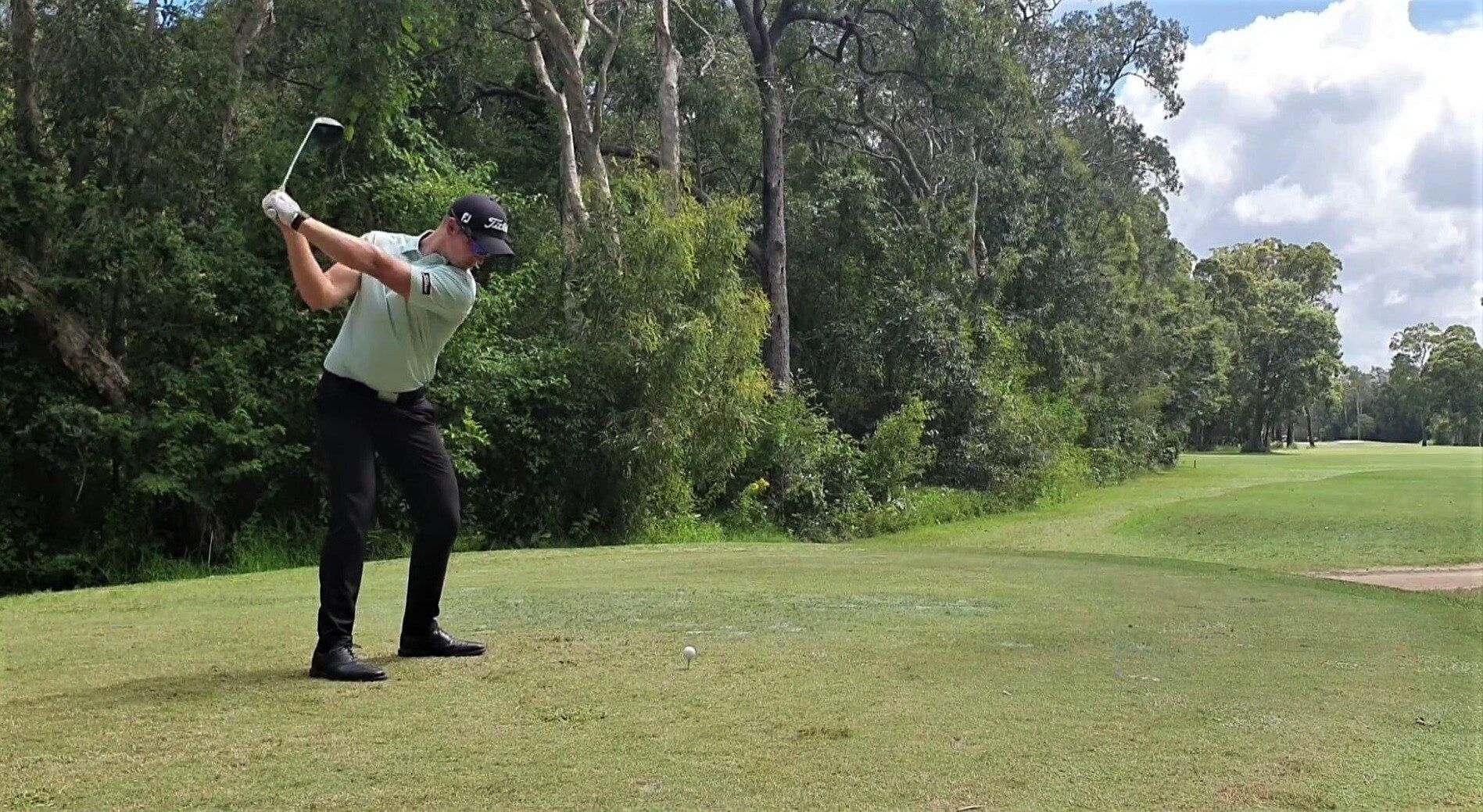Runners: Don't Ruin Your Season Before It Starts
A guide for the amateur runner or triathlete on running longer, feeling better, and running faster.
As warmer weather approaches it's natural to want to get outside again. Whether or not you're training for a specific event, we've all got goals and we're eager to make up for the fitness we lost during the winter.
But beware - Most running injuries don't just happen out of nowhere.
Preventing injuries before they happen is just common sense. Here are some tips to help keep you running better:
1. Avoid the terrible too's
Doing too much, too soon, too fast is the number one cause of running injuries. The body needs time to adapt to increases in distance or speed. Muscles and joints need recovery time so they can handle more demands. If you rush that process, you could break down rather than build up your body, and this can lead to injury. So be the tortoise, not the hare. Stick to a schedule, don’t add extra workouts and always take at least one complete rest day per week to give your body a chance to recover and repair. Increase your weekly and monthly running totals gradually.
2. More cross training
Running is a repetitive activity where you are constantly using the same muscles over and over again, leading to some muscles becoming over active, too tight or strong, and other ones becoming weak.
Running injuries, especially knee- and hip-related problems, are often a result of muscle weaknesses or imbalances. Cross-training and strength exercises for your core and lower body (pelvis, hips, knees and ankles) can help you stay strong in these muscles that are important for keeping you stable and your body properly aligned while running.
Whatever it is matters less. You can go surfing, play tennis, play golf, hit the gym - all of these activities will keep you active (and burning calories obvs) and give your body and soul a break from just grinding out long runs.
(ps: My unpopular opinion is you don't need to run sooo much to be a good runner. I have several Ironman and Marathon accomplishments under my belt and have 0 problems with my knees or hips.)
3. More stretching
Stretching should be an important component to any runner's routine to help keep overly tight muscles from causing an imbalance. Runners tend to be tight in predictable areas (most notably around the knees and hips, and in the hamstrings and calf muscles) and in turn, they get injured in and around those areas. Stretching should be comfortable and relaxing, never painful.
If something hurts, you're not in the right position or you've stretched too forcefully. Back off and check your position, then try again more gently. Move slowly into each stretch and don't rush it. Once in a position, hold steady for about 30 seconds and do not bounce. The more consistently you stretch, the more effectively you will be in increasing your flexibility.
4. Wear the right shoes
Make sure that you have a fresh pair of running shoes that fit well, support your feet and accommodate your stride. Go to a specialty running store to have a shoe expert analyze your gait and fit you properly. How will you know when you need a new pair of shoes? Easy, your body will tell you. When the midsole of a shoe starts to break down it’s not supporting and protecting your foot, or the rest of your body, as well as it was when you first started running in it.
Nagging little niggles in the form of sore arches, shin pains, achy knees or other small annoyances will start to manifest and could turn into a larger problem if something (in many cases, footwear) isn’t addressed. Runners who are on the fence as to whether or not they should get a new pair of shoes should go into a running shoe store and try on a fresh pair of the same shoes they’ve been training in (assuming they’ve worked out well for you). If your old shoes feel flat and “dead” compared to the new ones, then you need a new pair. The best way to tell the difference is to feel the difference.
And... Most importantly....
5. Listen to your body
You really need to listen to your body. Don’t force a run if you feel any niggling pain, or if your body just needs a break. If something doesn't feel right, it probably isn't, and that awareness is the first step. Most of us have some sort of weakness, imbalance, or asymmetry in our bodies that, with a repetitive activity like running, can lead to problems.
Seeking competent advice from someone experienced working with athletes and problems with sport injury can help you identify these areas early, and get you back to running sooner and better, ultimately avoiding taking time off later.
Enjoy!
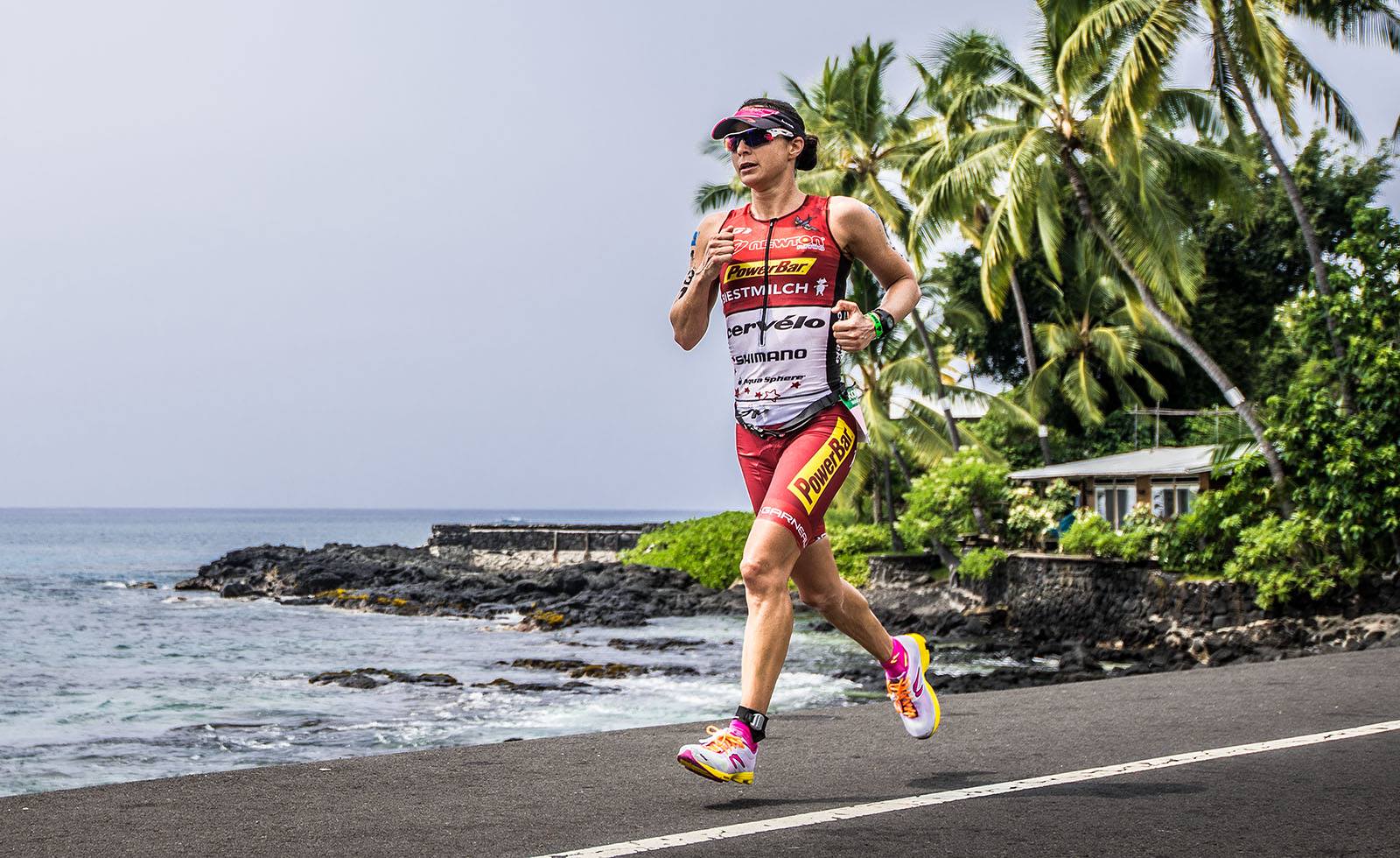
Share
